Whether we adore or fear them, snakes have a fascinating ability to infiltrate our thoughts, culture, and instincts. From ancient symbols to modern science, these creatures have left their mark on humanity in chillingly profound ways. Let’s explore how snakes have slithered into our psyches and become one of the most intriguing animals on the planet.
1. The Universal Fear Factor
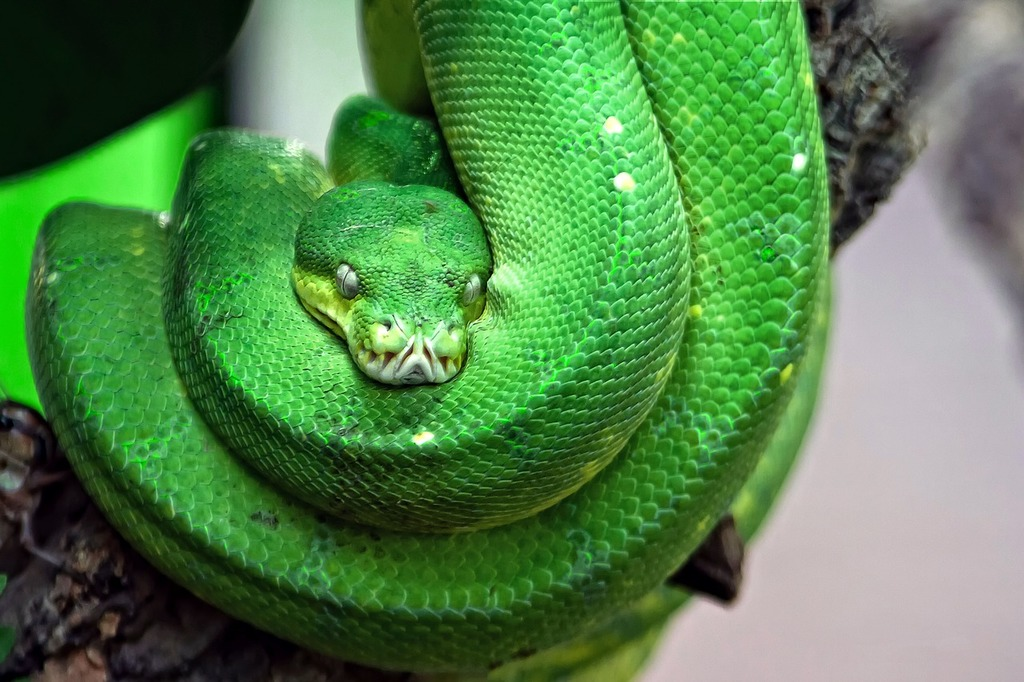
Picryl
Fear of snakes isn’t just common—it’s almost universal. Evolutionary biologists believe this instinct developed to protect early humans from venomous species. Our ancestors who quickly recognized a snake’s movement or silhouette were more likely to survive, passing down this survival trait. Today, this fear is so ingrained that even harmless snakes can send chills down your spine. Studies show that people often mistake objects like sticks or hoses for snakes because our brains are wired to detect potential threats. This fear isn’t always rational, but it’s a testament to the snake’s power over our primal instincts.
2. Snakes in Religion and Mythology

iStock/nstanev
Few animals are as steeped in symbolism as snakes. They appear in religious texts, myths, and folklore worldwide, often representing dualities like good and evil or life and death. The serpent in the Bible’s Garden of Eden symbolizes temptation, while in Hinduism, snakes are protectors and divine beings. Ancient Egyptians associated snakes with both chaos and protection, featuring them prominently in their art and rituals. This dichotomy makes snakes endlessly fascinating—they’re neither wholly good nor evil, but creatures of immense complexity. Their presence in our cultural stories reveals how deeply they’ve impacted human spirituality and imagination.
3. The “Snake Detection Theory”
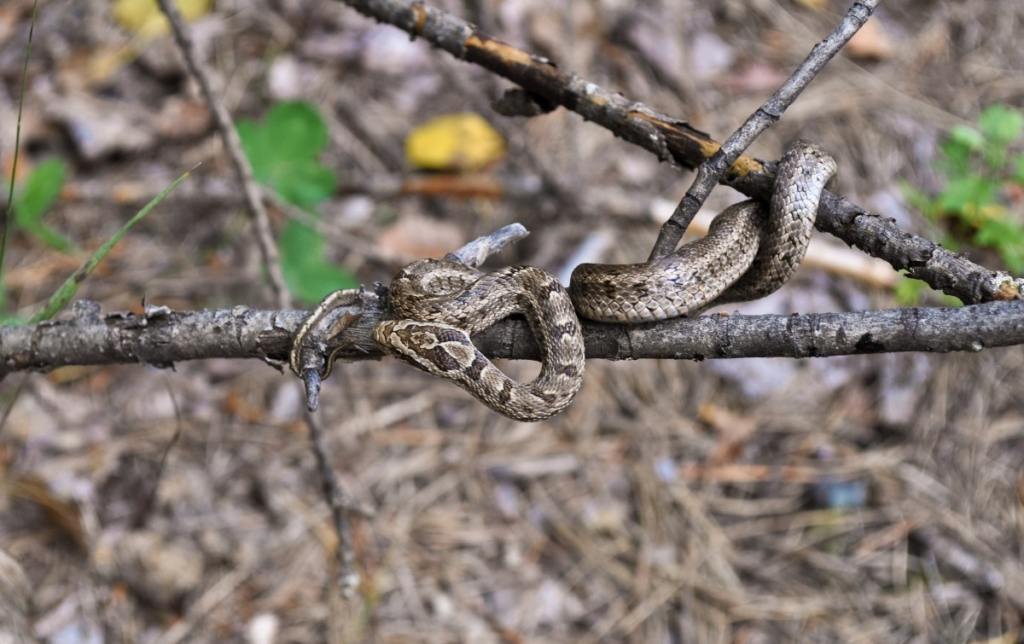
PxHere
Why are snakes so good at grabbing our attention? “Snake detection theory” suggests that human vision evolved to spot snake-like patterns and movements. This ability likely saved our ancestors from venomous bites. What’s remarkable is how this trait persists today, even in snake-free environments. A coiled garden hose or a patterned rug can instantly make us do a double take, thanks to our brain’s hyper-awareness of snake-like forms. It’s not paranoia—it’s survival at work. This theory highlights just how much snakes have shaped our neurological development, ensuring we never let our guard down around these stealthy creatures.
4. Hollywood’s Love for Snake Villains

Flickr
Snakes slither through some of Hollywood’s most thrilling moments, cementing their status as go-to villains. Whether it’s the terrifying anaconda in Anaconda, the giant Basilisk in Harry Potter, or the countless snakes in Indiana Jones, these reptiles are natural scene-stealers. Their eerie silence, sudden strikes, and mesmerizing movements create unparalleled suspense. While these portrayals exaggerate their danger, they’re undeniably entertaining. However, they’ve also contributed to our collective fear of snakes, often overshadowing their real-world ecological importance. Hollywood might love them as villains, but snakes are also the uncredited stars of countless survival stories in nature.
5. Snake Phobia Is Incredibly Common

Needpix.com
If the sight of a snake sends you running for the hills, you’re not alone. Ophidiophobia, the fear of snakes, is one of the most common phobias in the world. Interestingly, this fear often exists independently of personal experience—many people dread snakes without ever encountering one. Psychologists attribute this to evolutionary instincts, reinforced by cultural and media portrayals of snakes as dangerous. For those severely affected, even pictures or videos can trigger anxiety. While therapy can help desensitize such fears, it’s a reminder of the extraordinary psychological hold snakes have over us, even from a distance.
6. Snakes as Symbols of Transformation
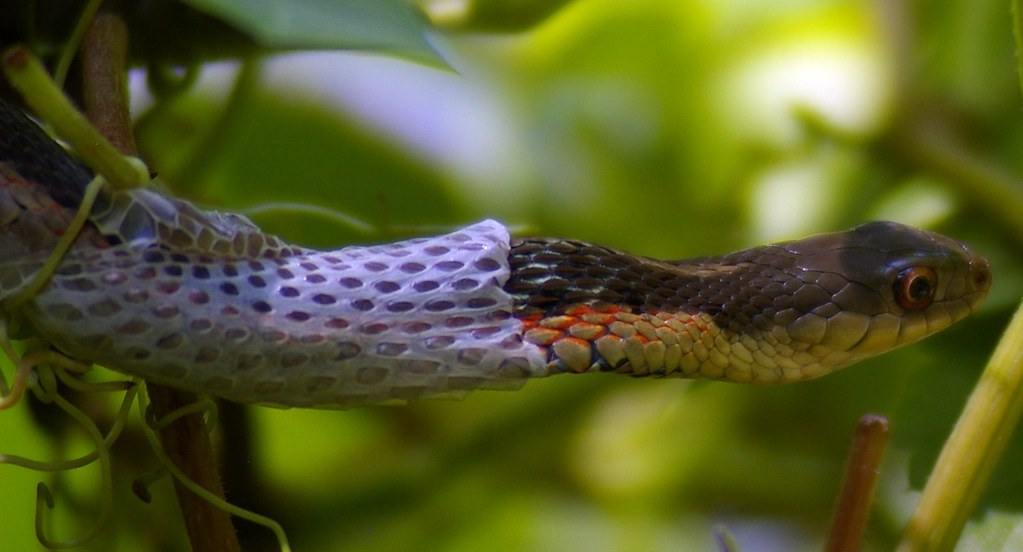
Flickr
The snake’s ability to shed its skin has made it a powerful symbol of transformation and renewal in many cultures. Ancient civilizations like the Greeks and Egyptians viewed this process as a metaphor for rebirth, growth, and healing. Even today, the snake is associated with personal evolution and shedding old habits. This symbolism isn’t just poetic; it’s deeply rooted in the snake’s biology. By letting go of its old skin, the snake emerges revitalized and ready to face new challenges. It’s no wonder that snakes inspire everything from tattoo designs to philosophical musings about change.
7. Snake-Charming: Art or Manipulation?

Flickr
The image of a snake charmer playing his flute to a swaying cobra is iconic in many cultures, particularly in India. While it seems magical, the reality is less enchanting. Snakes don’t actually respond to the music but to the movements of the flute. In some cases, the cobras are defanged or rendered harmless, raising ethical concerns about animal cruelty. Despite its darker side, snake-charming remains a fascinating cultural phenomenon, reflecting humanity’s enduring attempt to control and coexist with these mysterious creatures. Whether you view it as art or exploitation, it’s another example of our complex relationship with snakes.
8. Medical Symbolism: The Rod of Asclepius

Pexels
The Rod of Asclepius, a staff entwined by a single snake, is one of the most enduring symbols of medicine. Rooted in Greek mythology, it represents healing and knowledge. The connection likely stems from the ancient use of snake venom in treatments and the snake’s association with renewal. Today, the symbol is used worldwide in medical organizations and pharmaceutical branding. This paradox—fearing snakes yet venerating them as healers—illustrates their unique role in human history. They’re not just creatures to avoid but also icons of life-saving potential, bridging the gap between fear and fascination.
9. Snakes in Dreams
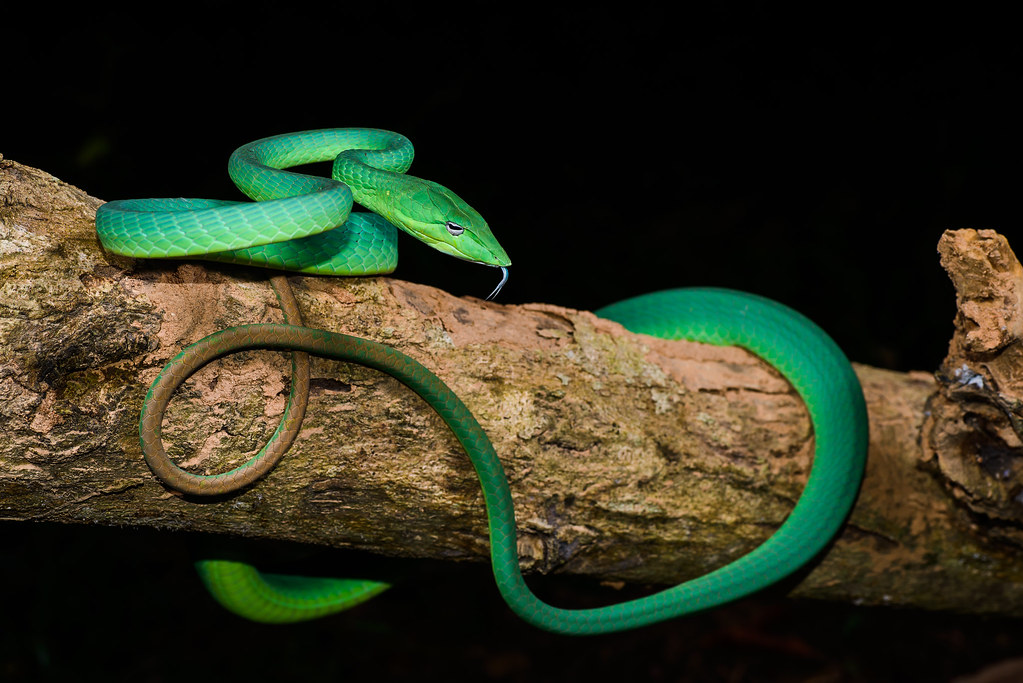
Flickr
Dreaming of snakes can be unsettling, but it’s also incredibly common. Psychologists suggest snakes in dreams often symbolize hidden fears, unresolved conflicts, or personal transformation. The context of the dream matters—an attacking snake might represent a threat, while a passive one could signify wisdom or change. Cultural interpretations vary widely, but the recurring appearance of snakes in dreams underscores their psychological power. They tap into primal emotions and force us to confront issues lurking in our subconscious. Whether you view them as nightmares or omens, snakes in dreams are a testament to their grip on the human mind.
10. The Serpent’s Role in Ancient Medicine
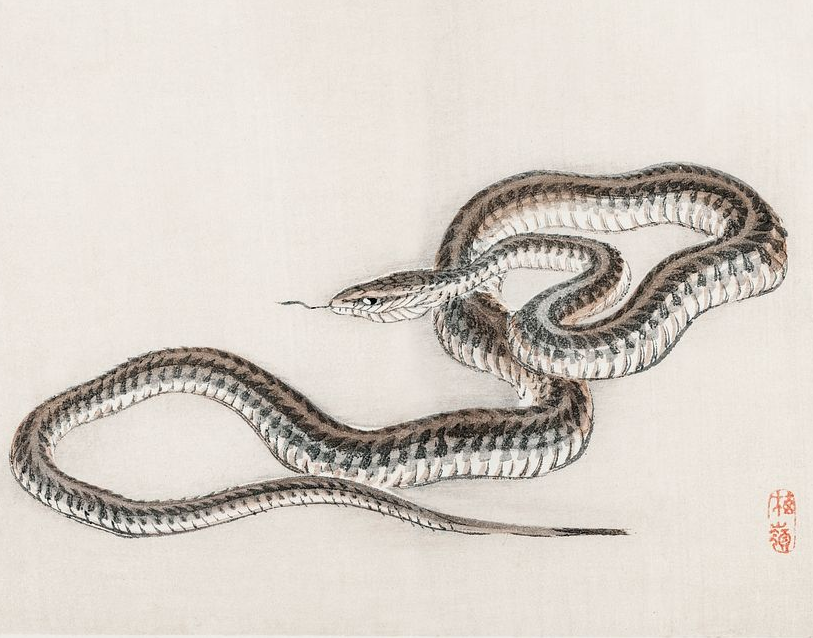
Rawpixel
Ancient civilizations revered snakes for their connection to healing and medicine. The Greeks associated them with Asclepius, their god of healing, while the Egyptians linked them to protection and regeneration. Snake venom was used in early remedies, and their unique biology inspired medical breakthroughs. Even today, venom is being researched for its potential in treating ailments like heart disease and cancer. This duality of snakes—as both healers and harbingers of death—makes them endlessly intriguing. They’re living proof that the line between danger and cure is often razor-thin, yet essential to human progress.
11. Snakes in Fashion and Art

Pexels
Snakes have slithered into the worlds of fashion and art, inspiring everything from high-end jewelry to abstract paintings. Their elegant, sinuous forms and bold patterns make them natural muses for designers and artists. Whether it’s a snake-inspired runway look or a sculpture capturing their mystique, these creatures bring an edge of danger and allure to creative expression. While wearing snakeskin might not appeal to everyone, their influence in aesthetics is undeniable. They remind us that beauty often comes with an element of fear, making them perfect symbols of nature’s complexity and allure.
12. Snakes as Ecological Heroes

Pixahive
Snakes may not win popularity contests, but they’re unsung heroes of the ecosystem. As predators, they control populations of rodents, insects, and other pests, indirectly protecting crops and reducing the spread of disease. In turn, they serve as prey for larger animals, maintaining balance in the food chain. Their ecological role is vital, even if it’s not always appreciated. By understanding their importance, we can move past our fears and see snakes for what they truly are: indispensable members of the natural world.
Snakes have a unique way of intertwining with human fears, stories, and lives. Whether feared or revered, they’re creatures that demand attention—and respect.


